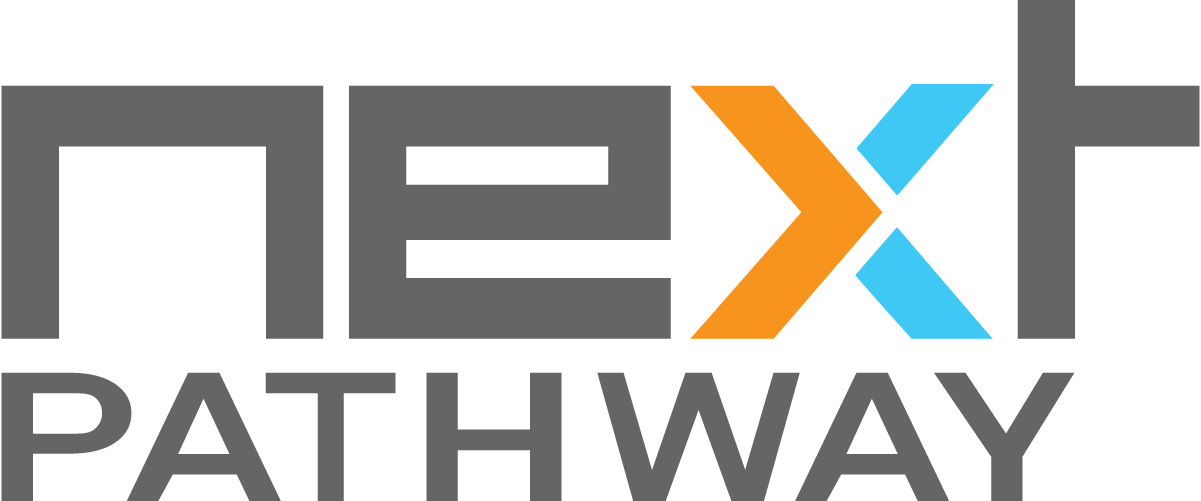The components in a Hadoop stack are focused on infrastructure and built to solve a specific set of problems. A managed data lake, for example, requires putting together different technologies to come up with the right solution the company needs.
Another huge challenge presents itself in the form of talent gaps by experts who know how the various technologies work when they are put together. Specifically, developing a Hadoop-based data lake requires combining aspects from legacy data platforms with modern technologies; a rare skillset to find in industry today. Combining these issues will often result in companies not realizing the maximum value from their big data investments.
Sometimes the struggle of turning a company’s data assets into actionable insights can become complex because of the belief that if they make the data bigger (i.e. volumes of data), then they are effectively increasing the surface area of the amount of data that will then need to be governed.
Another challenge a company may face is the overall quality of the data. Unstructured data, for example, can make integration a lot more difficult when combining it with structured data. The technology needs to become increasingly more accessible, and for Big Data to go mainstream, its management skills also need to be more widespread.
Markets Needs an Enterprise Ready Big Data Platform
The market needs an enterprise-ready big data platform integrating the underlying infrastructure and providing a self-service tool to bridge the IT/LOB gap by combining the platform capabilities with product usability.
Skills are needed to support Big Data lifecycle needs from data ingestion, standardization, and metadata management for new use case development. Certain foundations should also be in place to help with the data integration.
The Foundations Needed for Governed Data Integration
Specific foundations need to be in place when your enterprise begins a data integration project.
- Automated Ingestion: the ability to automatically ingest data from a variety of sources, including structured and unstructured, without having developers write a single line of ‘ETL’ code
- Standardization: the solution should handle different data standardization mechanisms based on how users want their data consumed
- Different Modes of Delivery: handle Direct to Database, Batch and Streaming data sources
- Timely Access to Data: provides quick access to LOBs and also adds new feeds to data lakes which makes the information available sooner
- Enterprise and LOB-Centric Use Cases: the solution should support not only enterprise-wide use cases, but also use cases tightly coupled to specific LOBs
- Data Governance: data management efforts should always comply with security, data quality and data governance requirements

